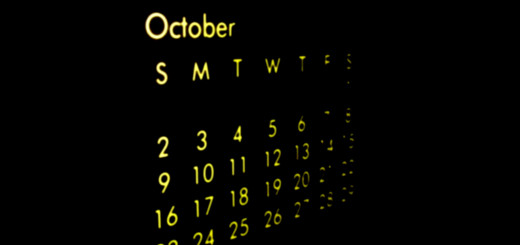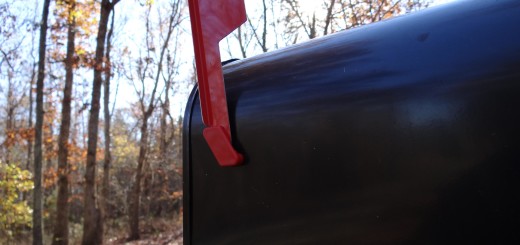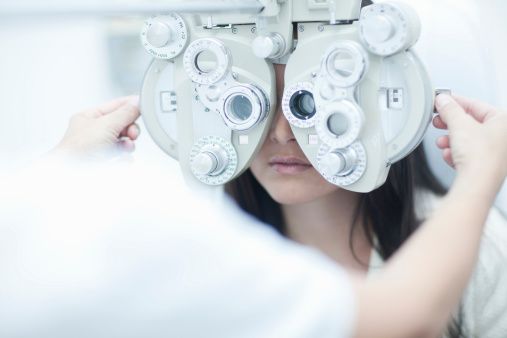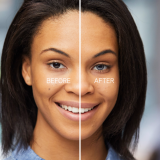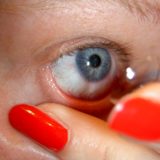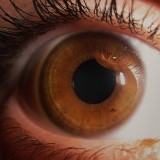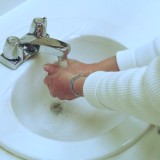How Do I Know That My Contacts Fit? Part 1: Fitting Toric Contact Lenses for Astigmatism
Determining Contact Lens Fit
Contact lens fit is something that most of us never have to think about. Your optometrist and the helpful opticians at your closest America’s Best will help make sure you have the perfect lenses for your prescription and lifestyle. What if by chance you’re wearing lenses that don’t feel great? You wonder: How do I know that my contacts fit? This series is designed to help you understand contact lens fit a little better.
Today we’ll talk about special contact lenses called toric lenses. For those of us with astigmatism—vision issues that come from the way the lens or cornea is shaped—these lenses are shaped a special way to help them correct the way our eyes refract light.
Regular contact lenses are shaped like half of a ball, almost like a cereal bowl. Toric contact lenses have a slightly different shape. They’re a little flatter, almost like the bottom half of a hamburger bun.
Fitting Toric Contact Lenses
In order to get the right fit with your toric lenses, your optometrist will write the letters “CYL” followed by a number on your prescription. CYL stands for cylinder. This number indicates how much power your lens will need to correct your astigmatism, specifically.
Your prescription will also contain an AXIS number. This is a number between 1 and 180 that indicates where the cylinder power should go.
Toric contact lenses have a middle axis. It designates how your toric lenses must fit in order for you to see clearly. If that middle axis is off, your lenses may move around or may not fit in a way that allows you to see well. Because your toric lenses may have thin and thick parts or even parts where the bottom half of the lens looks a little cut off, these axis measurements are extremely important.
Also remember: your prescription may not be the same in each eye. If you have two toric contact lenses to correct astigmatism, they may look a little different in shape. Your toric contact lenses will also contain a BC number, or base curve, number between 8.0 and 10.0 millimeters. You’ll also see a “DIA” number or diameter to indicate the size of your lenses, also in millimeters straight across the lens.
If your toric contact lenses don’t feel comfortable, talk to your America’s Best optometrist about your options.

